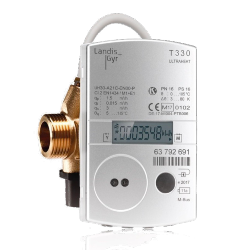Water Pressure Regulator Adjustment Guide - pressure reducing valve adjustment
We are gathering a community of experts in the design, installation, and service of heating, hot water, and water supply systems in Canada. Join the community and you will receive emails with requests for work in Canada from our visitors.
The method of calculating expansion tanks is complex and routine, but in general, the following relationships can be established between the volume of the tank and the parameters affecting it:
The volume of the expansion tank must be greater than or equal to the volume obtained as a result of the calculation. There are no negative consequences from overestimating the volume, beyond the calculated one.
2. The first sign of an incorrectly calculated expansion tank or its incomplete adjustment is when the safety valve often trips.

1. When using glycol mixtures as hot-water, it is recommended to choose an expansion tank with a volume that is 50% larger than the calculated one.
Calculation of an expansion tank is performed to determine its volume, the minimum diameter of the connecting pipeline, the initial pressure of the gas space, and the initial operating pressure in the heating system.
Selection of an expansion tank should be performed taking into account its temperature characteristics and strength. The pressure and temperature at the point of connection of the tank should not exceed the maximum permissible values.
If the installation of expansion tanks is planned indoors, it should be taken into account that tanks with a diameter of more than 750 mm and a height of more than 1.5 m may not pass through the door, and mechanization means will be needed to move them. In this case, it is better to prefer not one, but several membrane tanks of smaller capacity.


Since expansion tanks in the heating system are necessary not only to compensate for the changing volume of water but also to replenish minor hot-water leaks, a certain amount of water, called the operating volume, is provided in the expansion tank. In the calculation algorithm given above, the operational volume of water is laid down in the amount of 3% of the capacity of the heating system.




 8615510865705
8615510865705 
 8615510865705
8615510865705